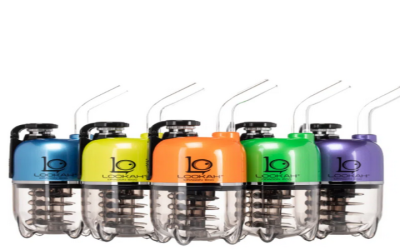Custom heating elements are essential components in many industries, from aerospace to industrial manufacturing. They play a crucial role in maintaining operational efficiency, reducing operational costs, and enhancing product quality. However, the effectiveness of a heating element will depend on how it is utilized and how well it is maintained.
In this post, we will explore the best ways to utilize heating elements to achieve optimal performance and increase their lifespan.
Choose the Right Material for Your Heating Element
The material used to make the heating element will play a significant role in determining its reliability, efficiency, and lifespan. You can consult with a manufacturer that deals with custom-made heating elements to choose the right material based on your application requirements.
For instance, if you need an element that can withstand high temperatures, you may want to choose materials such as silicon carbide or molybdenum. Similarly, if your application requires precise temperature control, you might want to consider materials such as platinum or nickel/chromium alloys.
Proper Installation
The installation of the best custom heating elements can have a significant impact on its effectiveness. Improper installation can lead to uneven heat distribution, potential damage to the element, or even catastrophic failures.
Therefore, ensure that the heating element is installed correctly by following the manufacturer’s guidelines. If you are not sure how to install the element, you can consult with a qualified heating element technician.
Use Adequate Voltage
Using the correct voltage is also very important when utilizing custom elements. Low voltage causes the heating element to be less efficient, whereas high voltage can damage the element, causing them to fail prematurely. Make sure that you follow the manufacturer’s specifications for voltage usage. If in doubt, consult the manufacturer or a qualified heating element technician.
Regular Maintenance
Regular maintenance of custom heating elements is crucial to extend their lifespan and maintain their performance. Proper maintenance includes cleaning, testing, and inspection of the element for any damages or defects. To maintain their effectiveness, you may also need to replace or repair elements that are no longer working correctly.



